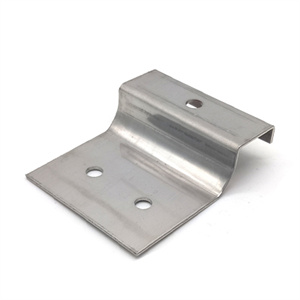Flat strip springs, also known as leaf springs or leaf springs, are flat elastic components typically made of metal. They are widely used in various mechanical and electronic devices to provide elasticity or shock absorption functions. Flat strip springs have high stiffness and small volume, so they are often used in situations that require high precision and stability.
The design and manufacturing of Flat Strip Springs need to consider many factors, such as material, shape, size, elastic modulus, fatigue life, etc. Different materials and processes can affect the performance and lifespan of flat springs, so it is necessary to fully consider them when selecting and using them.
In addition to regular flat strip springs, there are also some special types of flat strip springs, such as waveform springs, disc springs, etc. These springs have better performance in specific situations, such as in high temperature, low temperature, or corrosive environments.
Flat strip springs have the following characteristics:
High strength: made of flat ribbon material, capable of withstanding large loads.
Good elastic recovery performance: it can quickly recover to the original state after deformation to provide stable elastic force.
High dimensional accuracy: its length, width and thickness can be precisely controlled to meet different application requirements.
Flat strip springs are widely used:
Mechanical manufacturing: for example, in various machine tools and industrial automation equipment, it is used to transfer power, buffer and shock absorption, etc.
Housewares: like the opening and closing parts of some furniture, the supporting structure may use flat spring.
Aerospace: Flat band springs play a critical role in some aircraft components to meet lightweight and high performance requirements.
For example, in the lifting mechanism of a high-end office chair, the flat belt spring can help realize the stable lifting and reliable support of the seat; In the aircraft door locking device, the flat belt spring can ensure the safe closing and stable locking of the door during flight.
Flat Springs often undergo blackening treatment. This is mainly because blackening treatment can provide a series of advantages for Flat Springs, including:
Improving corrosion resistance: The blackening treatment forms a dense oxide film on the surface of Flat Springs, which can isolate air and water, thereby improving the corrosion resistance of the spring. In humid or corrosive environments, this treatment can significantly extend the service life of flat springs.
Enhanced wear resistance: Flat Springs treated with blackening have a higher surface hardness and stronger wear resistance. This means that the spring is better able to resist wear and maintain its good performance when repeatedly extended or subjected to other mechanical forces.
